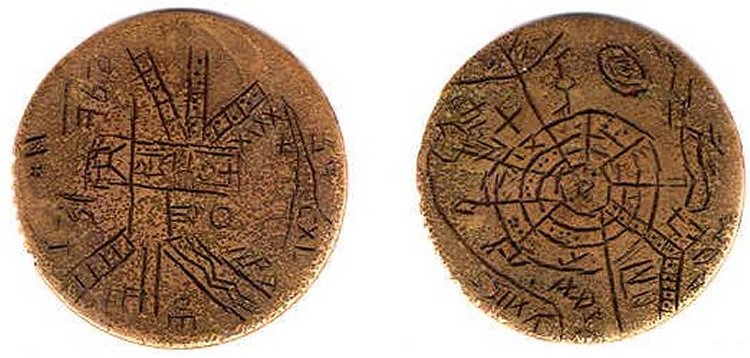

The cartographer hired to redraw the maps was William Hack, a former sailor who may or may not have once been a pirate himself. By the time the trial rolled around, the king had already seen it, and arrangements had been made to have an English copy made.

Sharpe knew from the beginning that it would be of great interest to King Charles II. Two witnesses gave compelling testimony against him at trial, and yet, surprisingly, he was acquitted. The Spanish ambassador was fuming over the death of the Rosario’s captain and demanded that Sharpe be tried and hanged for piracy. On his return to London in 1682, Sharpe found trouble waiting. (See also: Rare Spanish Shipwreck from 17th Century Found Near Panama.) Because the overland route goes from north to south, Balboa called it the South Sea. Vasco Núñez de Balboa, the first European to reach the Pacific via the New World, had crossed the narrow neck of land separating the Atlantic and Pacific at Panama in 1513, much as Sharpe and company had done. Sharpe described it in his journal as “a Spanish manuscript of prodigious value.” One of his men wrote that it was “a great Book full of Sea Charts and Maps, containing a very accurate and exact description of all the Ports, Soundings, Creeks, Rivers, Capes and Coasts belonging to the South Sea, and all the Navigations usually performed by the Spaniards in that Ocean.”īy “South Sea,” he meant the Pacific Ocean. They did not, however, mistake the value of another item they found on the Rosario. (See also: The Real Pirates of the Caribbean.)

To their great regret, they later discovered it had actually been unrefined silver-a fortune that would have been “the richest Booty we had gotten in the whole Voyage,” one crew member wrote.

The pirates also abandoned 700 slabs of a dull gray metal they believed to be tin. They transferred this prize to the Trinity before cutting down the Rosario’s mast and setting her adrift with her crew of 40 still onboard. Onboard, they found hundreds of jars of wine and brandy, some fruit, and a small amount of money. The pirates gave chase, killed the Spanish captain in a volley of gunfire, and took the ship, the Rosario. Early on the morning of July 29, 1681, one of Sharpe’s men spotted the sails of a Spanish ship. The daring theft occurred off the coast of Ecuador. One of the most valuable treasures they seized was not gold or silver, but an atlas of Spanish sailing charts


 0 kommentar(er)
0 kommentar(er)
